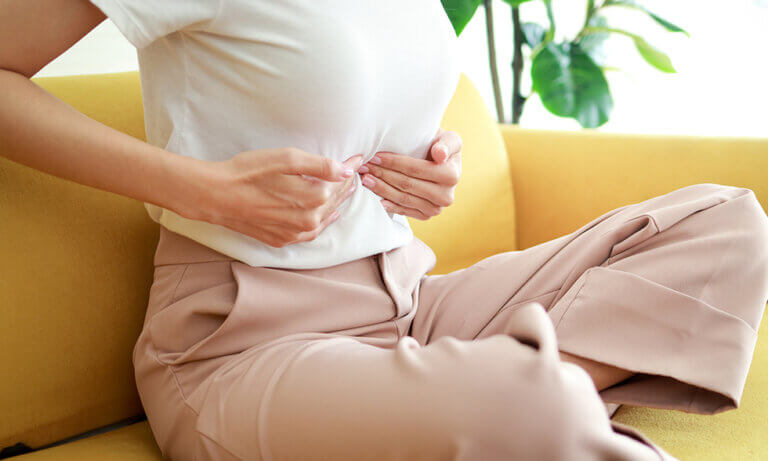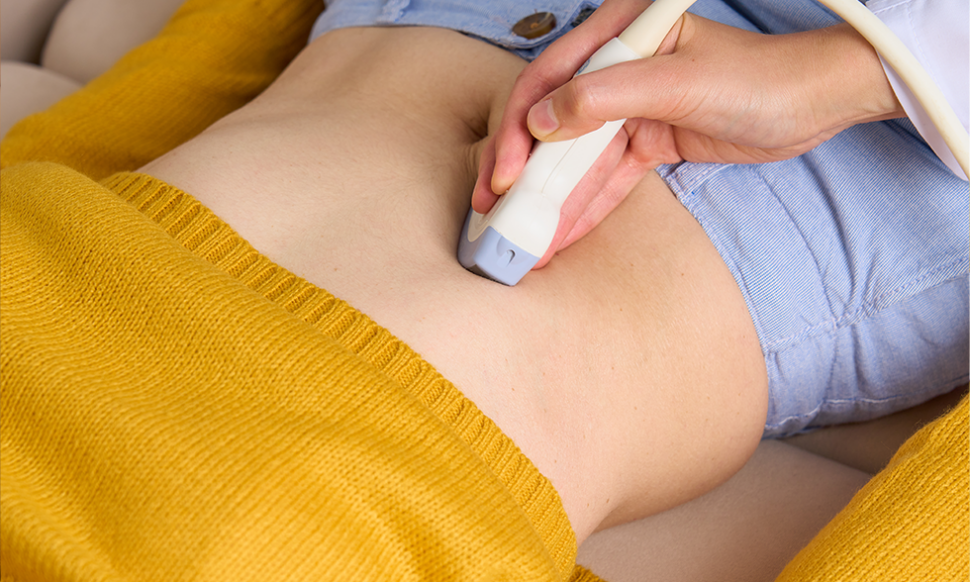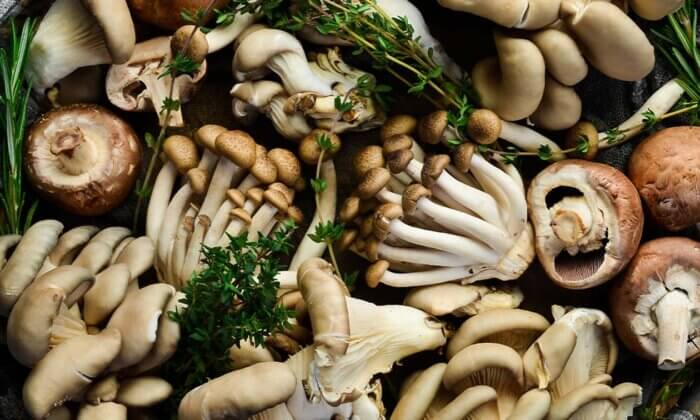Gallstones signs? Should I do a gallbladder flush? Get tested now
| | Reading Time: 3 minutes

Most gallstones are composed of condensed cholesterol. True gallstones are composed of bilirubin and calcium. These stones are harder and large ones too difficult to pass with a gallbladder flush.
Your gallbladder is a small organ that does a big job. It stores bile produced in the liver to break down fats. It does this by secreting bile in response to a fatty meal directly into the small intestine in preparation for digestion.
More severe gallbladder issues include cholecystitis (inflammation of the gallbladder) and pancreatitis (inflammation of the pancreas when a gallstone blocks the pancreatic duct).
Remember that most people have gallstones without knowing it because they don’t cause disease or experience severe pain.
Nearly everyone will form gallstones at some point in their lifetime
Women are three times more prone to forming gallstones than men. Estrogen increases the secretion of cholesterol, leading to supersaturated bile. Hormone replacement therapy (HRT) and oral contraception increase the risk of forming gallstones.
Obesity and gallstones go together. Overweight people tend to have more cholesterol in their bile, which can cause stone formation.
Gallstones signs to be aware of
Symptoms Suggesting You Might Have Gallstones
- Pain in the mid-upper right abdomen just under the ribs.
- Abdominal pain radiating to the right shoulder or upper right back.
- Abdominal discomfort after eating a fatty meal.
If you experience any of these complaints, you likely have gallstones and would benefit from a gallbladder flush.
Symptoms Strongly Suggestive of Gallbladder Problems
- Yellowish skin or white of the eyes (jaundice)
- Persistent nausea or vomiting
- Light brown urine or clay-colored stools
- Severe abdominal pain in the center or right side of your upper abdomen.
If you have these symptoms, you likely have gallstones and inflammation of the liver, gallbladder, or pancreas. You can benefit from a gallbladder flush, but I advise doing it with medical supervision. You’ll also need to take natural anti-inflammatory medications like curcumin extract for at least one month before the flush.
When my patients request a supervised gallbladder flush, they complete a questionnaire, get blood tests, and abdominal ultrasound. You can order your tests and ultrasound without a doctor’s prescription in many states.

Get an Abdominal Ultrasound Test to Confirm Gallstones Prescence
An ultrasound test is inexpensive. If ordered by a doctor, it may be covered by health insurance. It’s non-invasive and doesn’t use radiation. It provides information on the size and density of your liver, pancreas, and gallbladder. It will tell if you have gallstones and their size, if your bile ducts are clear, and the size of your organs. Alternatively, some private radiology services provide ultrasounds on a cash basis without a doctor’s referral. Be sure it includes the radiologist’s interpretation.
Get Liver Function Tests
Liver (also called hepatic) function blood tests tell if you have inflammation of your liver. If any of these biomarkers are above the reference range, consult with your doctor. You can lower liver inflammation with hepatoprotective herbs like blessed thistle. Order a Hepatic Function Panel of 10 biomarkers on your own from Ulta Lab Tests.
Should You Do a Gallbladder Flush?
To stay healthy, everyone should do a gallbladder flush and detoxify their liver every few years. Old school naturopaths insist you should do it every year in the spring. I agree, but only if your schedule and lifestyle allow for the time required.
If you’re healthy and younger than 35 years, without abdominal pain or other symptoms, you can do a gallbladder flush without getting tests or an ultrasound. However, if you’re over 35 years or have any of the symptoms listed, you should get a hepatic (liver) function panel and an abdominal ultrasound.
You should not do a gallbladder flush if your ultrasound results show abnormalities of your gallbladder or bile ducts, liver, or pancreas. You should not do a gallbladder flush if you have stones larger than 1.5 centimeters.
A gallbladder flush is the gateway to gastrointestinal health. A healthy gallbladder supports your liver, pancreas, and intestines. You should complete a gallbladder flush once every year or two. According to naturopaths, the best time is early spring. But you can benefit from a gallbladder flush at any time of year.
Everything you need to know about Liver detox and Gallbladder flush
Pre-Cleanse Program Effectively Designed
It’s Not Too Late for a Liver Detox and Gallbladder Cleanse
What To Do Before Your Liver Cleanse or Gallbladder Flush
How To Make Peace and Soothe Your Liver
How To Do the Most Effective Gallbladder Cleanse Ever
The best little book on gallbladder health is Save Your Gallbladder Naturally by Sandra Cabot MD.


